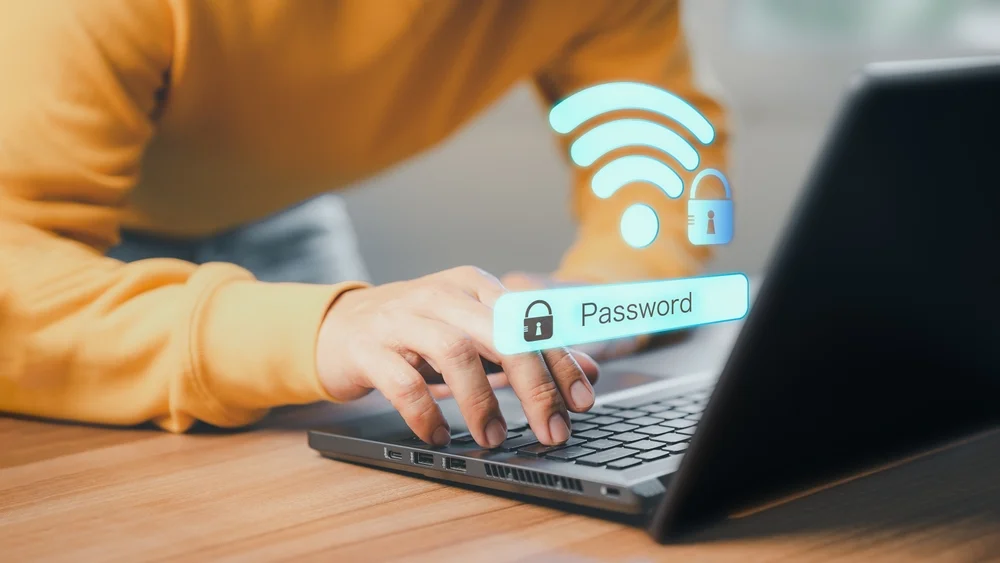Whenever people ask the best way to protect their accounts and devices, the answer is always to use a strong password. But how exactly does one do that? What constitutes a good password?
In this article, we explain six ways to create a strong password that makes hackers give up trying to guess your details and steal your information. Keep reading to find out what your password should consist of to stay protected!
Steps to Create a Strong Password
1. Avoid Common Words
Avoid using easily guessable words or phrases. Examples include “123456,” “password,” or “qwerty.” Instead, use phrases that may hold an unobvious personal meaning to you, such as a combination of words from a favorite book or a childhood memory. Hackers often use common password lists to guess and breach accounts, so avoid anything too predictable.
2. Avoid Personal Information
Refrain from including any personal information in your password, such as your name, birthday, or address. Hackers can easily obtain this information through social engineering or data breaches, making it relatively simple for them to guess your password. Keeping your password unrelated to your personal life adds an extra layer of security.
3. The Lengthier, the Better
The longer your password, the harder it is for hackers to crack through brute force attacks. A minimum of 12 characters is recommended, but going longer is better. For example, using a 16-character password significantly increases the number of possible combinations, making it more challenging for hackers to guess and increasing their likelihood of failing.
4. Use Complex Characters and Words
Passwords that use a variety of character types—such as uppercase letters, lowercase letters, numbers, and special characters—are better protected. For instance, a password like “P@ssw0rd123!” is much stronger than “password123.” The complexity of using different forms of characters makes guessing much harder, especially if hackers use automated tools.
5. Randomize Passwords
Generating random passwords using browser-recommended ones or a password manager can be very effective in protecting your account. Password managers can store the randomized passwords after creating them. If you are worried about forgetting these randomly generated ones, you can create your own passphrase that makes sense only to you, such as “Green!Apple#Mountain*Sky.” Ensure it’s not easily guessable or uses common phrases.
6. Update and Change Regularly
Changing your passwords regularly is essential, especially if you have been warned of possible attempts at breaches or passwords being compromised. Regularly updating your passwords helps mitigate the risk of unauthorized access to your accounts, even if your current password is strong. It is important to create new ones instead of reusing old passwords, as hackers could use previously compromised credentials to gain access to other accounts.
Conclusion
When these six tips are combined, your password will keep your information secure. Repeating passwords or making variations of the same one fails to protect you. But with these tips, your first level of authentication is set to be almost impossible for hackers to penetrate.
In a world where hacking and stealing information in cyberspace is becoming more common, it is essential for users to take the necessary steps to keep their passwords strong and their data protected. By following these guidelines, you can significantly reduce the risk of falling victim to cyberattacks and ensure your personal information remains safe.
Source: Read More

